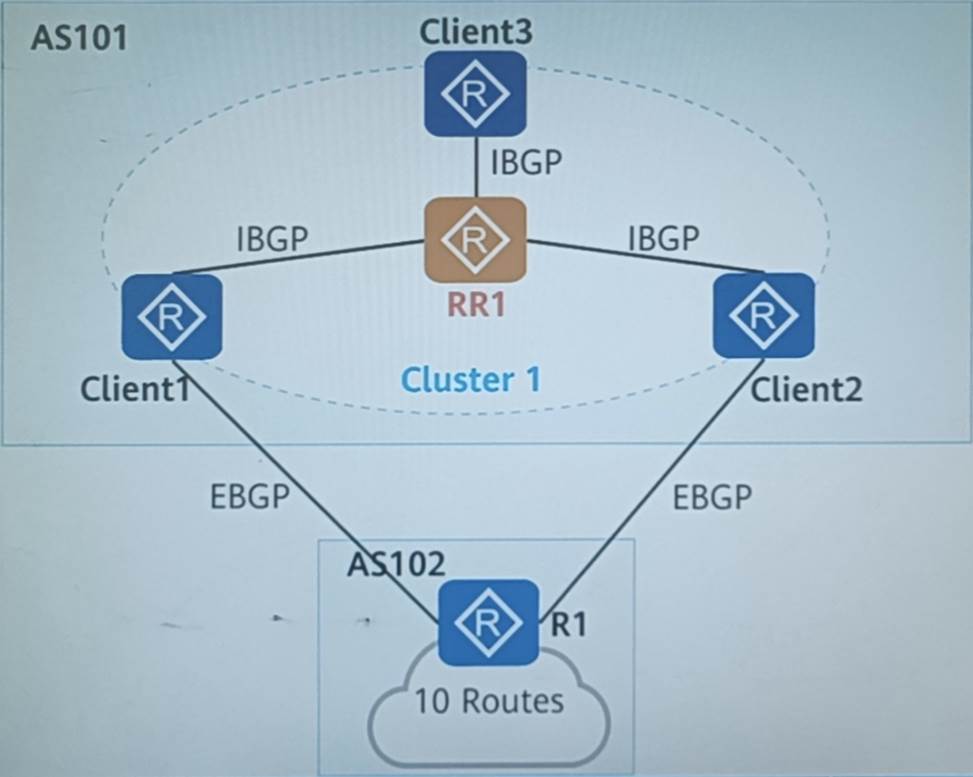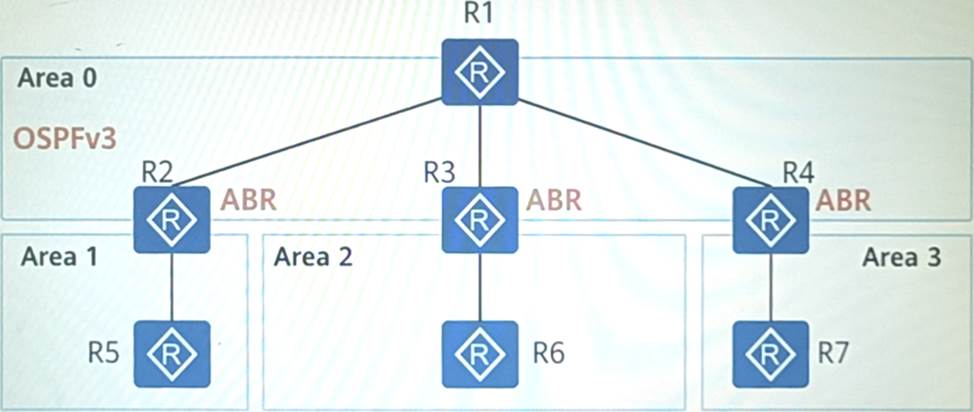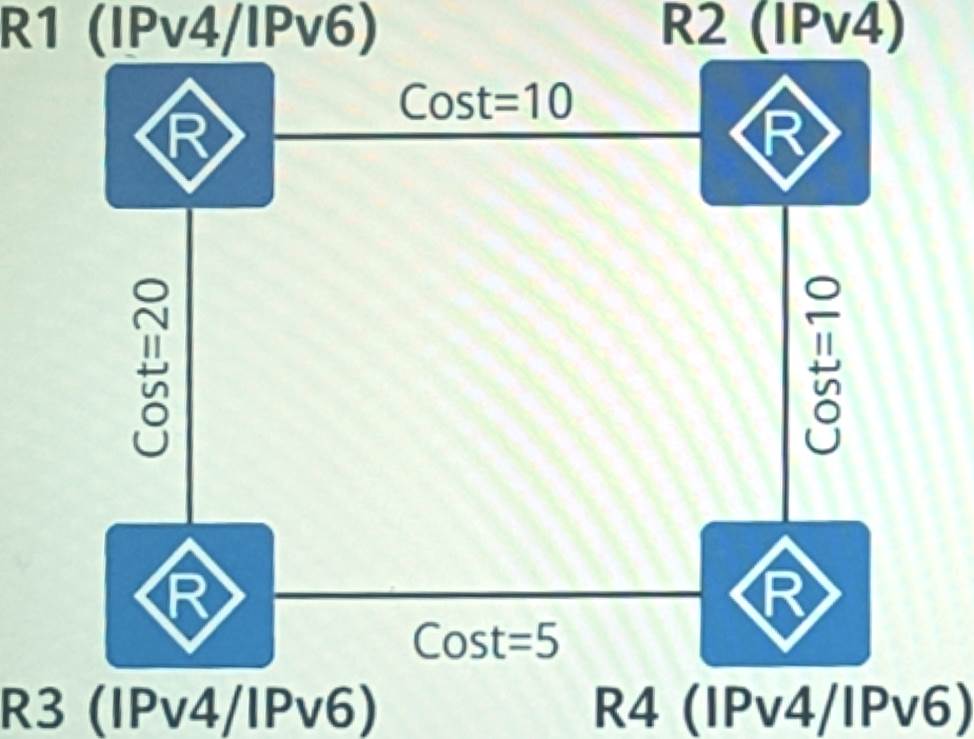Huawei H12-261_V3.0-ENU HCIE-Routing & Switching (Written) V3.0 Online Training
Huawei H12-261_V3.0-ENU Online Training
The questions for H12-261_V3.0-ENU were last updated at Nov 26,2024.
- Exam Code: H12-261_V3.0-ENU
- Exam Name: HCIE-Routing & Switching (Written) V3.0
- Certification Provider: Huawei
- Latest update: Nov 26,2024
Which of the following statements about RSTP root protection is true? (Multiple Choice)
- A . The root protection function on the root port will take effect
- B . The port with root protection enabled will enter the error-down state after receiving the RST BDPU with higher priority
- C . It is recommended to enable it on the switch at the edge of the network
- D . After the port with root protection enabled receives RST BPDUs with higher priority and does not receive RST BPDUs with higher priority for a period of time, it will return to the normal forwarding state
Unlike STP, RSTP has only one BPDU type, the value is 2, and there is no TCN BPDU.
- A . TRUE
- B . FALSE
As shown in the figure, Client1, Client2, and Client3 serve as clients of RR1 at the same time, and R1 introduces 10 routes.

Assuming that the BGP configuration is correct and all neighbor relationships have been established, how many routing entries exist in the BGP routing table of Client3?
- A . 15
- B . 10
- C . 20
- D . 1
OSPFv3 adopts the same route advertisement method as OSPFv2: it is advertised through the network command in the OSPFv3 area view.
- A . TRUE
- B . False
In the topology shown in the figure, what type of LSA will not be generated on R1 when the entire network runs OSPFv3 without importing external routes?

- A . Intra-Area-Prefix-LSA
- B . Inter-Area-Router LSA
- C . Link-LSA
- D . Inter-Area-Prefix-LSA
IS-IS is a link-state routing protocol that uses the SPF algorithm for route calculation. As shown in the figure, a campus deploys both IPv4 and IPv6, also runs IS-IS to achieve network interconnection. R2 only supports IPv4.

Which of the following statements is true about the topology calculation of this network?
- A . By default, since R2 does not support IPv6, so in the shortest path tree formed by IPv6 network calculation, the path for R1 to access R4 is: R1-R3-R4
- B . If you want IPv4 and IPv6 network computation to form the same shortest path tree, you need to run the ipv6 enable topology ipv6 command to enable the IPv6 capability in the IS-IS process
- C . By default, in the shortest path tree formed by IPv6 network calculation, the path for R1 to access R4 is R1-R2-R4. Since R2 does not support IPv6, R2 will directly discard IPv6 packets after receiving them, causing traffic lost
- D . By default, IPv4 and IPv6 networks will be calculated separately to form different shortest path trees
Which of the following parameters are not required when configuring BGP peers? (Multiple Choice)
- A . as-number
- B . password
- C . peer’s IP Address
- D . description
Link state information is isolated by default between different IS-IS processes on the same router.
- A . TRUE
- B . FALSE
Which of the following statements about the multicast address used by 0SPFv3 is correct? (Multiple Choice)
- A . The DR router uses FF02: :6
- B . The DR router uses FF08::6
- C . All OSPF routers use FF08:5
- D . All OSPF routers use FF02::5
As shown in the figure, PE1 and PE2 exchange private network routing information with their CEs through OSPF, and the same Domain ID is configured on PEI and PE2.

When importing routes from BGP to OSPF on PE2, which of the following types of LSAs may be passed to CE2? (Multiple Choice)
- A . Type7 LSA
- B . Type5 LSA
- C . Type3 LSA
- D . Type1 LSA
Latest H12-261_V3.0-ENU Dumps Valid Version with 445 Q&As
Latest And Valid Q&A | Instant Download | Once Fail, Full Refund

